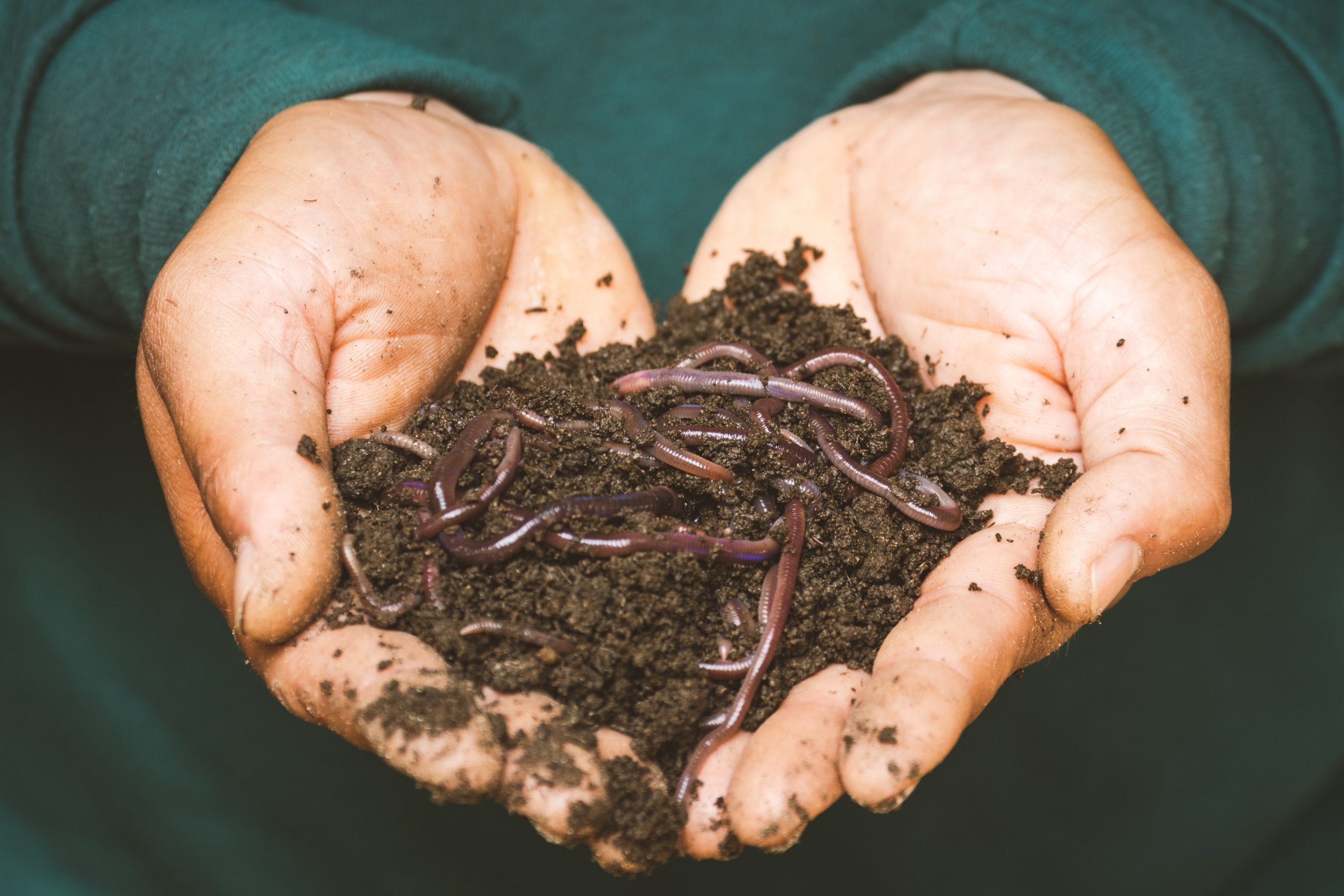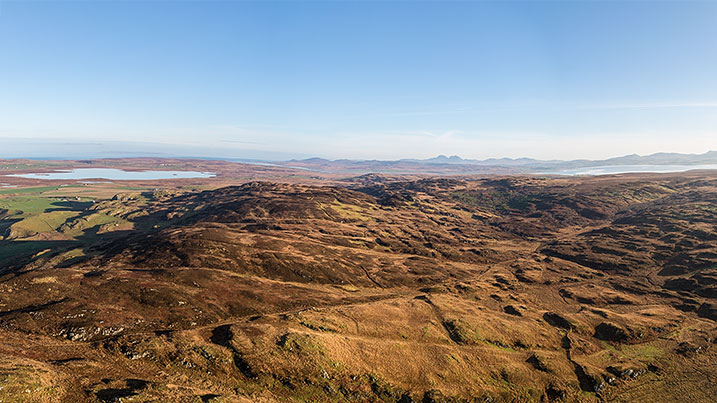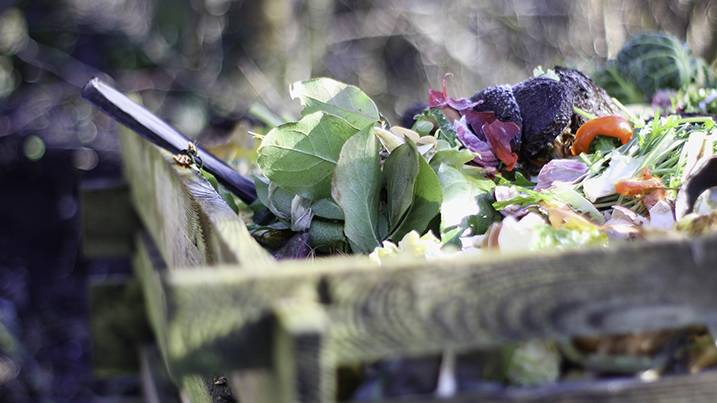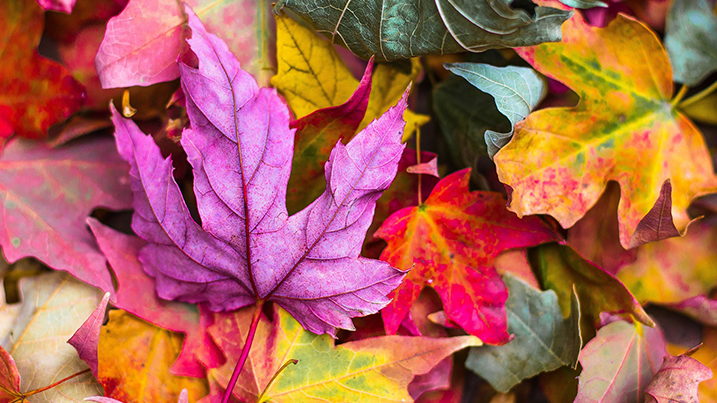Go peat-free in your garden

When it comes to the environment, the choices you make for your garden are just as important as those you make for your home. Did you know you could directly help save and restore wetlands by going peat-free in your garden? We share the WWT words of wisdom about peat and how to go peat-free in your garden.
Our peatlands are disappearing
They’re being dug up, bagged up and sold as part of garden compost. By making the choice to use peat-free compost in your garden, you can help the world retain its ability to absorb carbon and stop large amounts of additional carbon being released into our air. It’s a significant way that you can help tackle climate change.
What is peat and why does it matter?
Peat is made of partially decayed organic matter, formed in unique environmental conditions. You find it in wetlands such as, bogs, mires and moors, in almost every country on earth. Because of peat’s unique composition, the wildlife that forms its ecosystem often can’t thrive anywhere else, because it’s uniquely adapted to peatland conditions.
Carbon is at the heart of the issue of global warming. There is too much of it in the atmosphere and our world is heating up. This is where our peatlands come in. After our oceans, peatlands are the second largest store of carbon on the planet, thanks to the way their ecosystem captures more carbon than is released into the atmosphere.
Peat bogs absorb carbon like a sponge, sucking it out of our atmosphere. But unlike our oceans, which cover 71% of the planet, they are not abundant, covering only 3% of the world’s surface. So they’re disproportionately useful.
Peat takes centuries to form, and when it’s removed from the wetland bogs for gardening supplies, it releases all that stored carbon dioxide back out into the atmosphere.
Go peat-free and support our planet
Specific advice is difficult without knowing your soil, growing conditions and plants of choice. But here are some ideas for going peat-free:
Buy peat-free compost
Peat and compost aren’t the same thing. Peat-based products are often a mixture of both, with compost providing food while peat manages stability, air and water and reduces disease risk. To confuse things further, ‘Peat-reduced’ compost can still contain as much as 50% peat. Peat from a ‘sustainable source’ or ‘peat from a renewable source’ are unfortunately not addressing the root of the problem. Similarly, soil improvers and growing media described only as being ‘environmentally friendly’, ‘natural’ or ‘organic’ are best avoided. These claims don’t tell you anything about the peat content of a product, so peat may still be present.
Luckily, suppliers of compost are adapting to the turning tide and there are several options available, including bark, woodfibre, coir, or plant-based compost, which is just a large commercial version of making your own compost for free.
A guide to peat-free alternatives
Bark
Provides good structure and improves drainage, but has a low water holding capacity so usually has to be blended with other materials.
Wood fibre
Manufactured using high-pressure steam, creating a very uniform material with low risk of contamination.
Green Compost
Generally has a high pH and nutrient content, making it an excellent soil improver or mulch, but it needs diluting for use as a growing medium. Green compost should meet a quality assurance standard (BSI PAS 100).
Coir
Natural fibre extracted from the husk of coconuts and a waste product from mat, brush and rope-making. Of all the replacements, it is the most similar to peat in its properties, although poor in holding nutrients. There are concerns about the environmental and ethical aspects of coir production: its processing requires chemicals and creates waste; nutrients are stripped from the local soil by growing coconuts; coconut transportation has energy costs; and some coir processors work very long hours in unhealthy conditions. Some producers seek to address these issues through rules on sourcing and working conditions, so do your research.
Most types of compost will be fine if you’re a generalist gardener. If you’re specifically used to using peat compost, you’ll find each has slightly different properties so investigate if one is better for specific gardening needs. Try looking for locally sourced peat-free compost.
If you’re just looking to suppress weeds, bark chippings will work better than a plant-based compost which focuses on providing nutrients. Or if you’re only looking to acidify your soil, use sulphur or sulphur-based treatments instead of peat. Check the exact material on the packaging rather than relying on terms like “environmentally-friendly” which can be vague.
More of a challenge is looking for plants grown in peat free compost, but it is possible and there are an increasing number of suppliers out there.
Your local garden centre will be able to help with specific queries on which option is best for your garden.
Make your own compost
If you want to create your own compost heap, it’s easy to do. Start by collecting up a mixture of soft green materials and woody brown material, and put it into a compost pile. Over time you’ll see layers emerge as the pile matures, with a brown soil-like layer forming at the bottom which you can break up and use for planting.
All your organic kitchen waste can go in the compost too, as well as any compostable packaging including many papers and cardboards. Make sure that you’re not mixing up compostable and biodegradable products –biodegradable may just mean that the item breaks down into smaller pieces, which still leach into the environment.
You can buy special containers, and additives, to speed up decomposition. But a simple pile can work just as well, with the bonus of providing a good shelter for all sorts of small animals. Turn your compost every few weeks to speed up the process, just watch out for any inhabitants!
You’ll find fungi or weeds appearing in most home-made compost. This isn’t usually a problem unless you’re a more advanced grower. Be careful when disposing of unwanted plants in compost.
Watch our compost making tutorial here
Make leaf mould
Most gardeners rake up leaves in their garden. Instead of burning them or taking them to the local dump, try making leaf mould instead. It’s a brilliant natural soil conditioner and is good for potting, which is the main thing that peat is used for horticulturally.
Try storing leaves in a metal bin or reused bin-liner. Put small holes in the bottom and sides of the container to stop the leaves going slimy and add a little water if they’re really dry. For the best quality leaf mould you will need to be patient and store your black bags for up to two years.
Ditch the compost completely!
It’s only in recent decades that commercial peat-based compost has been available to gardeners at all. So why not try gardening without it? Let fallen plant matter decompose on your garden, rather than putting it in a sack or brown bin then mix it into your soil. If you need finer soil for seeds and young plants, sieve it to make it finer.
This article is published on the WWT website here.
For more on the subject of peat read garden owner and environmentalist Julia Hailes blog – Peat in compost is environmental vandalism – here.
Julia will be opening her peat-free garden and rewilding project at Hooke Farm in Dorset over a rewilding weekend 11 & 12 June – discover more here
Lead Photo by Sippakorn Yamkasikorn from Pexels





















